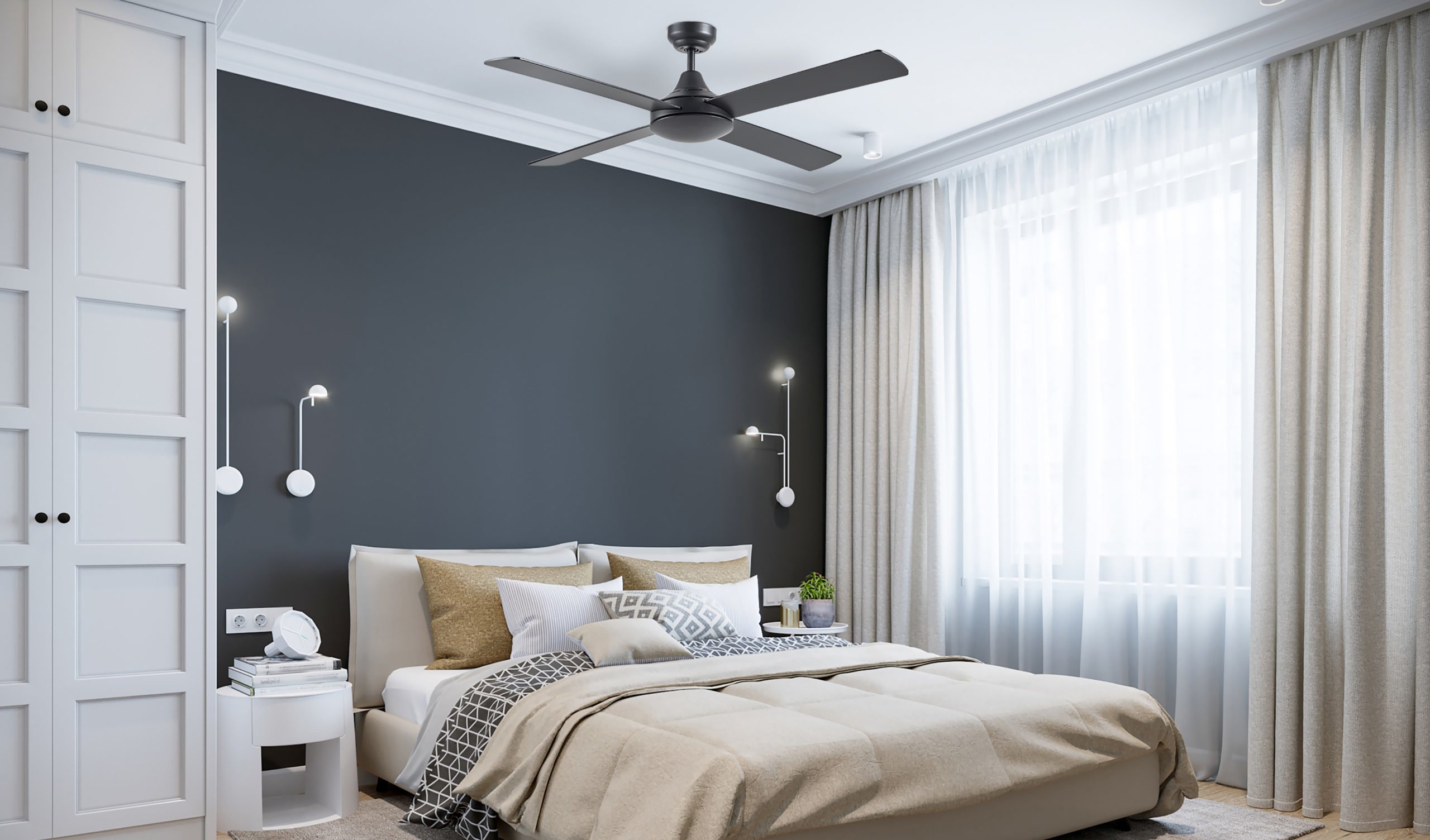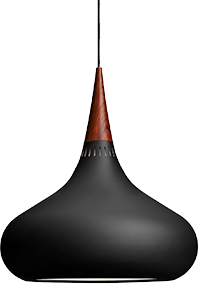How to Choose the Perfect Ceiling Fan?

Choosing the right ceiling
fan for your home is more than just a matter of style — it's about function,
comfort, and energy effectiveness. With numerous options, opting for the
perfect ceiling fan can be inviting. In this companion, we'll walk you through
the crucial factors to consider when choosing a ceiling fan so you can find the
ideal bone for your space.
1. Room
Size and Fan Blade Span
The size of your room is
one of the most important factors in opting for a ceiling fan. Ceiling fans
come in colourful sizes, measured by the periphery of the blades. The larger
the room, the wider the blade span you'll need for effective air rotation.
Then's a general companion
to choosing the correct blade span grounded on room size
- Small Apartments (Up to 75 sq. ft.): For small apartments like bathrooms or laundry
areas, choose a fan with a 29 – 36 elevation blade span.
- Medium Apartments (76 to 144 sq. ft.): Bedrooms, home services, or kitchens
generally bear a fan with a blade span of 36 – 42 elevation.
- Large Apartments (145 to 225 sq. ft.): Living apartments or master bedrooms should
have a fan with a blade span of 44 – 50 elevation.
- Extra-Large Apartments (225 sq. ft.): Choose a fan with a blade span of 50 – 72 elevation
for large open spaces like great apartments or out-of-door quadrangles.
Icing the fan's size to
match the room will help maintain tailwind and cooling effectiveness.
2.
Mounting Options and Ceiling Height
Another pivotal factor is
your ceiling height, which will determine how the fan should be mounted.
Different underpinning options are available depending on whether your ceiling
is low, standard, or high.
- Low Ceilings (lower than eight bases): For apartments with low ceilings, you
should consider a" flush mount" or" handgrip" fan that
sits directly against the ceiling. This type of fan doesn't bear a
download, icing the blades to remain at the ideal height from the bottom.
- Standard Ceilings (8 – 9 bases) for standard ceiling heights: The utmost ceiling fan
comes with a short download, which allows the fan to hang at an optimal
height for air rotation — about seven bases above the bottom.
- High Ceilings (9 bases or further): You'll need an extended download to bring
the fan lower to the recommended height for apartments with high ceilings.
A fan hung too high can be less effective at circulating air. Depending on
the ceiling height, a download length of 12 – 72 elevation may be
required.
- Leaned Ceilings: if you have a bounded or angled ceiling, you'll need an angled
mount tackle to ensure the fan hangs straight and operates effectively.
3. Number
of Blades and Blade Design
Contrary to popular belief,
the number of blades on a fan does not drastically affect performance. While
traditional ceiling fans frequently have five blades, ultramodern designs
include fans with three, four, or more blades. That's how the number of blades
impacts the fan.
- Three-blade Fans: These fans are satiny and ultramodern; this fan frequently gives
the stylish tailwind due to reduced drag on the motor.
- Four or Five Blade fans: These are more traditional and offer quieter operation because the
increased number of blades balances the tailwind. They may not move as
important air as a three-blade fan but are ideal for lower apartments or
spaces with a quieter fan.
- Blade Shape and Material: The blades' design and material can impact the fan's aesthetic and
performance. Rustic blades offer a warm, natural look, while essence
blades are more artificial and give better continuity. Plastic blades are
also available for areas with high humidity, similar to bathrooms or
quadrangles.
At EBAY Lighting, we offer
fans a variety of blade designs and homestretches to suit any décor style, from
minimalist to rustic.
4. Motor
Type AC vs. DC
The type of motor in a
ceiling fan significantly affects its energy effectiveness, noise position, and
performance. The two main types of motors used in ceiling fans are AC
(alternating current) and DC (direct current)
- AC Motors: These are the more common and traditional type of motor. AC motors
are dependable, affordable, and effective for utmost home operations. They
consume more electricity than DC motors, but they're still an excellent
choice for standard ceiling fans.
- DC Motors: These newer, more energy-effective motors are quieter and consume
significantly less electricity, making them ideal for eco-conscious homes.
DC fans also offer further speed settings and generally start more briskly
than AC models.
While DC fans are generally
more precious and outspoken, they can save you plutocrats on energy bills over
time. At EBAY Lighting, we recommend DC motor fans for homes looking to reduce
energy consumption while maintaining optimal tailwinds.
5. Energy
Efficiency and Airflow (CFM)
A ceiling fan's
effectiveness is measured by its tailwind capacity, quantified in CFM (boxy
bases per nanosecond). The more advanced the CFM, the further air the fan
moves. Consider a fan with an advanced CFM standing for optimal comfort and
energy savings.
- Good CFM Range: A fan with a CFM between 4,000 and 5,000 is sufficient for utmost
apartments, while a CFM of 5,000 to 6,500 is ideal for larger spaces.
Anything above 6,500 CFM is excellent for large or high-business areas.
- Energy Star Rating: Look for a fan with an Energy Star instrument, which means they
meet strict energy effectiveness guidelines and can save you on
electricity bills in the long run.
Find Your
Perfect Ceiling Fan with EBAY Lighting!
Choosing the perfect
ceiling fan involves considering room size, height, blade span, motor type, and
style. With these considerations in mind, you can find a fan that keeps your
home cool and enhances your décor.
At EBAY Lighting, we're committed to helping you select the stylish
ceiling fan for your space. Whether you're looking for a high-energy fan for a
large room or a swish, compact fan for a lower area, we've options to fit your
requirements. Explore our wide selection of ceiling fan moments, and let us
help you stay comfortable time-round. Communicate with us or visit our exchange
to see our range of ceiling fans and get expert advice on choosing the right
bone for your home.


